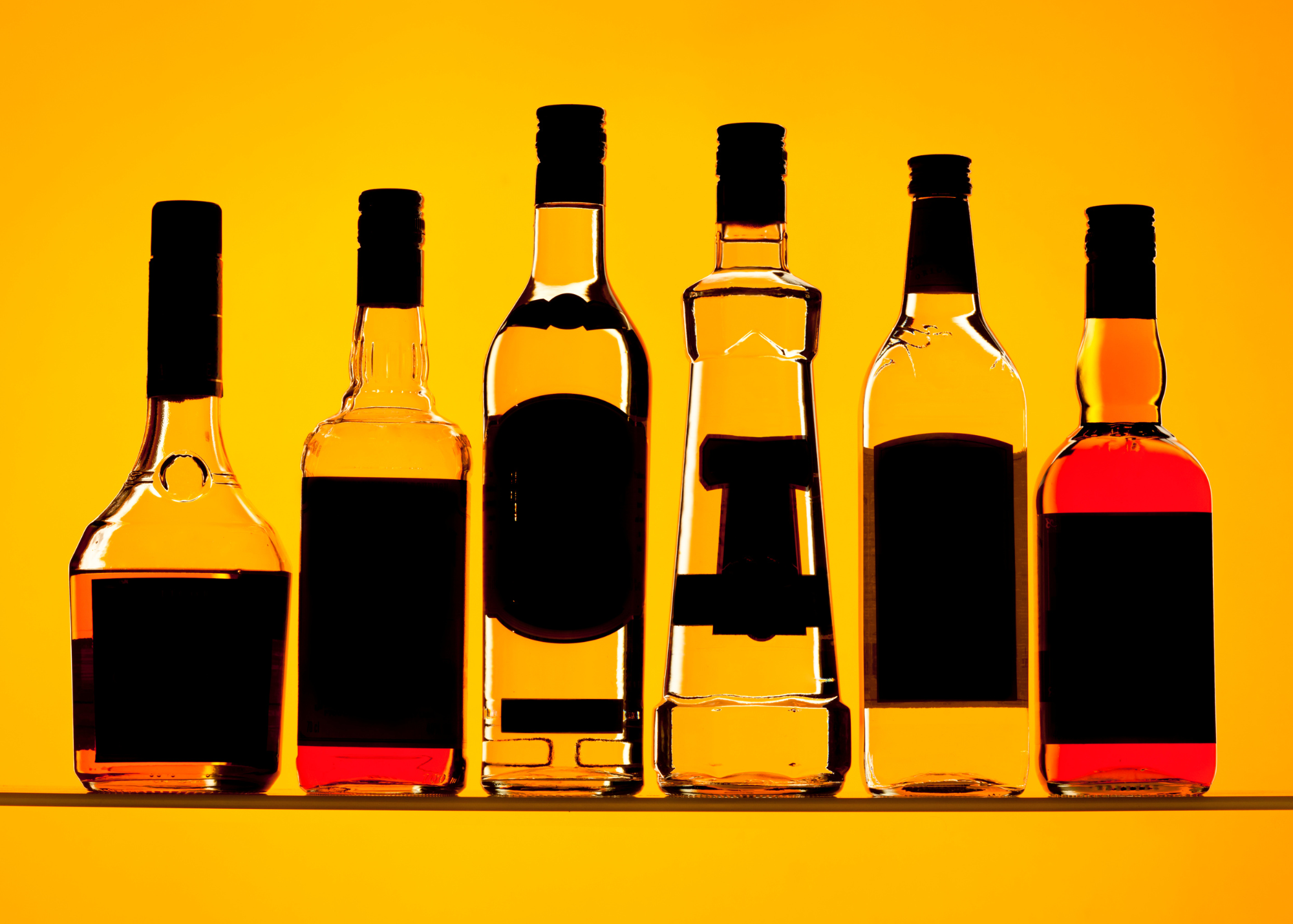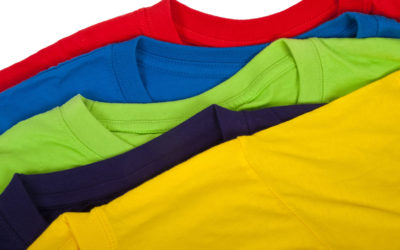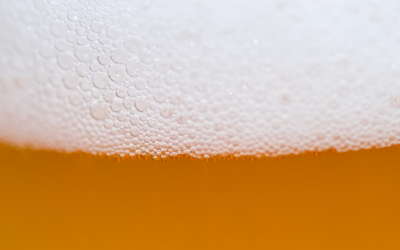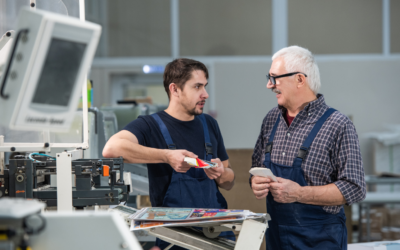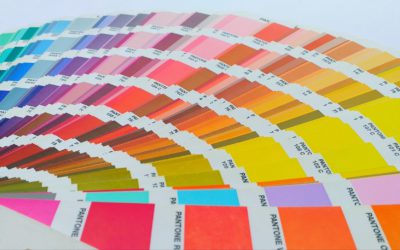Your customers want to be on the cutting edge, attract customers, and elevate their products’ look, feel, and perception. Help them get noticed by embracing the biggest glass printing trends.
Here’s what was hot in 2022 followed by what’s predicted to trend in 2023:
Digital printing on glass. Recently, digital printing exploded onto the scene, offering a much higher resolution on glass than screen printing ever could. Think of screen printing like your old TV with rabbit ears, and digital like high-definition TV. Digital printing on glass offers higher resolution and higher definition, as well as better coverage. For example, screen printing could only print on the body of a wine bottle, but digital can extend images to the bottle neck, creating powerful, eye-catching designs.

Imitation etching. The development of imitation etchwork through digital printing may have been the biggest trend of 2022. This technique produces a beautiful design on glass. To produce an etched-look in the past, printers needed to use a separate machine that blasted sand onto the glass. Now, printers can achieve the same look more easily with digital printing. Imitation etching is not only stunning to look at, but it also provides a textile feel. For instance, a beachside bar could print pint glasses with a beach scene, where the sand is a textile print with a grainy feel. This elevates the customers’ experience with both visual and tactile experiences. Imitation etching has been a hot trend for wine bottles, glass drinkware, and even powder-coated stainless steel, like insulated tumblers. Marabu’s DLEA ink is great for this application. Imitation etching is also a function of the printer itself in that it uses layers of ink to create this look and feel.
Thermochromic inks. Another hot trend (literally) is thermochromic inks, which change color when a glass is filled with hot or cold beverages. People likely remember a certain beer manufacturer promoting that their beer was properly chilled when the mountains on the can turned blue. This is the same concept. Whether you’re pouring cold beer into a pint glass or hot coffee into a mug, thermochromic inks change color at desired temperature levels. Marabu’s Solvent, UV and LED inks can be mixed with thermochromic pigments to create this look.

Printing foil on glass. Create a hot foil look on glass by using Marabu’s ultra glass UVGL primer, which allows metal foil to adhere to it. The foil only prints where the primer has been applied, so printers can create detailed designs on glass. It’s important to note that foil on glass isn’t dishwasher safe, so this isn’t an ideal technique to use on drinkware, like pint glasses, that needs frequent washing.
Transitioning from paper labels. Many companies are ditching paper labels in favor of direct printing on glass. Direct printing gives the perception of a higher quality product and creates attractive visuals that pop off the shelf and command attention. In a crowded grocery or liquor store aisle, many wine bottles have traditional paper labels. But when brands opt for direct printing with cool designs all over the bottle, including the neck, those products stand out from the competition and get noticed. If you took the same wine and merchandised one with a paper label and the other with a direct printed design on the bottle, the direct printed bottle may sell better since it’s a different look from the competition and gives the impression of a more high-end product. In fact, the wine industry is gravitating toward direct printing on bottles for these exact reasons.
Screen printing with a tactile feel. Marabu’s UVGL RL/RH Relief inks provide a textile feel that’s coarser than more traditional screen printing inks by releasing much thicker pigment. Utilizing these inks provides a more tactile experience that users can feel. Before the digital printing trend, this was the only way for printers to get the textile look and feel. While screen printing can create this popular textile feel, digital printing is easier, can give more structure in the actual buildup, and is very cost effective.

Looking forward, the experts at Marabu anticipate that the following glass printing trends will be hot in 2023:
Digital printing will continue to grow significantly. Digital printing offers many benefits over screen or pad printing, including cost effectiveness, higher resolution, and the ability to print on curvier surfaces (like an entire bottle).
There will be more personalized print orders on demand. Customers can now place smaller orders online, such as getting customized names printed on glasses for events. They can get the guest of honor’s name on pint glasses for a birthday party, or their names, pictures, or monograms on champagne flutes for wedding favors.
Shorter runs will become more popular. Your customers no longer need to order quantities in the thousands. Moving forward, expect small-batch orders to rise as customers opt to get smaller quantities of products for events, giveaways, parties, weddings, and more.

Show your customers how printing on glass can make their bottles, jars, glasses, or other containers stand out, look high-end, and attract key audiences. Embrace the hottest glass printing trends to help your customers elevate their products’ look, feel, and perception — and demonstrate your industry expertise.
For more information about printing on glass — and any of these hot trends — please contact us. You can check more printing designs here.
